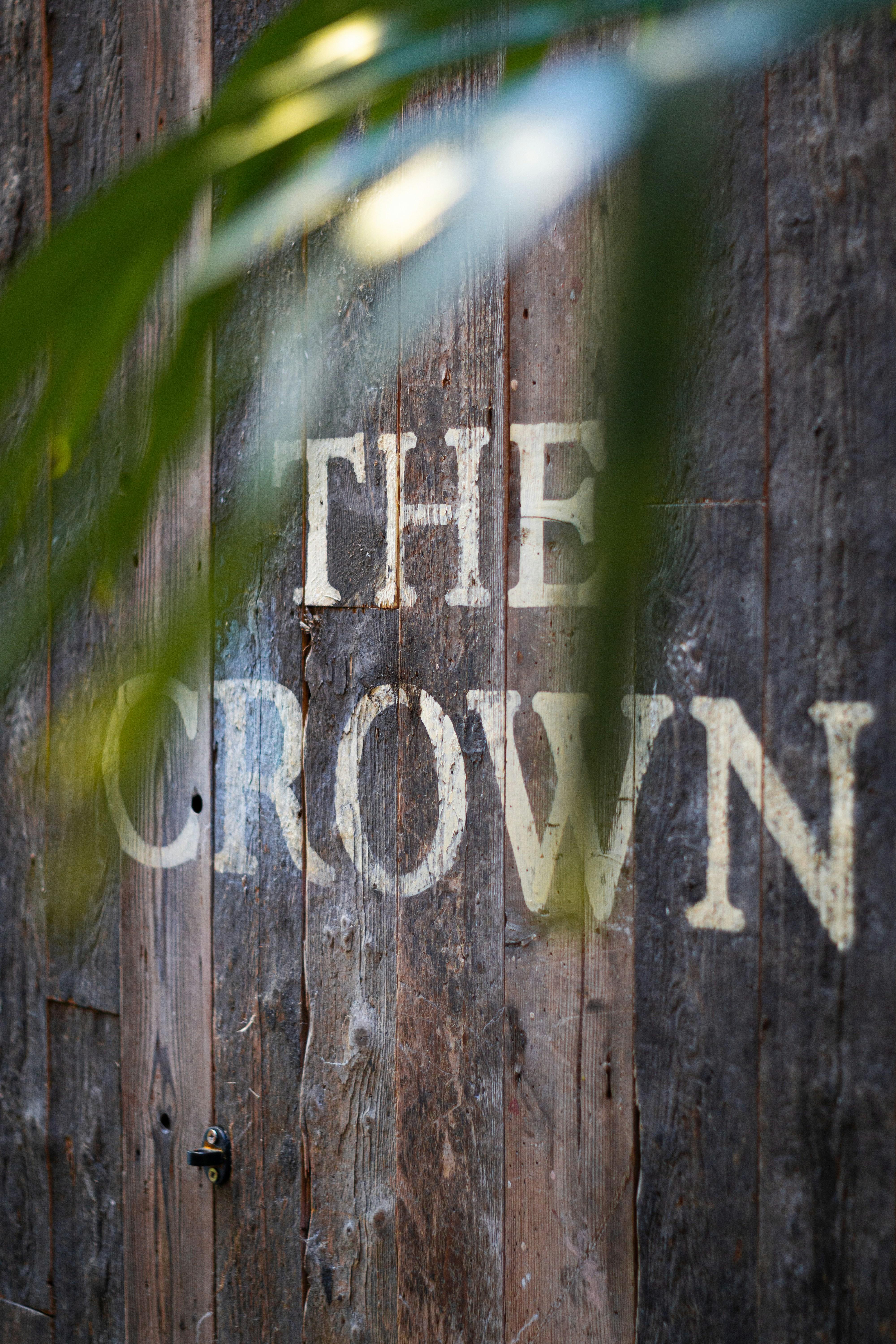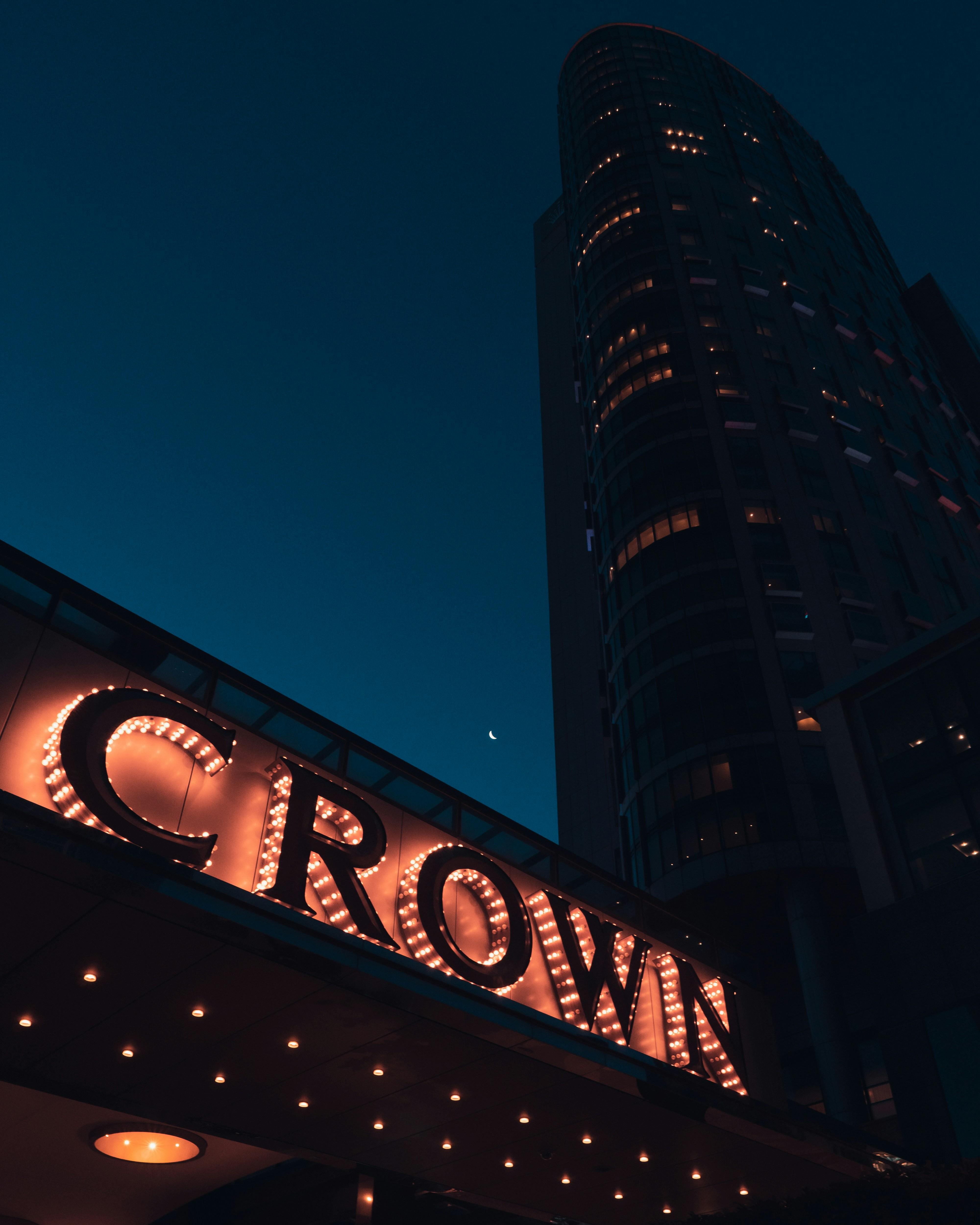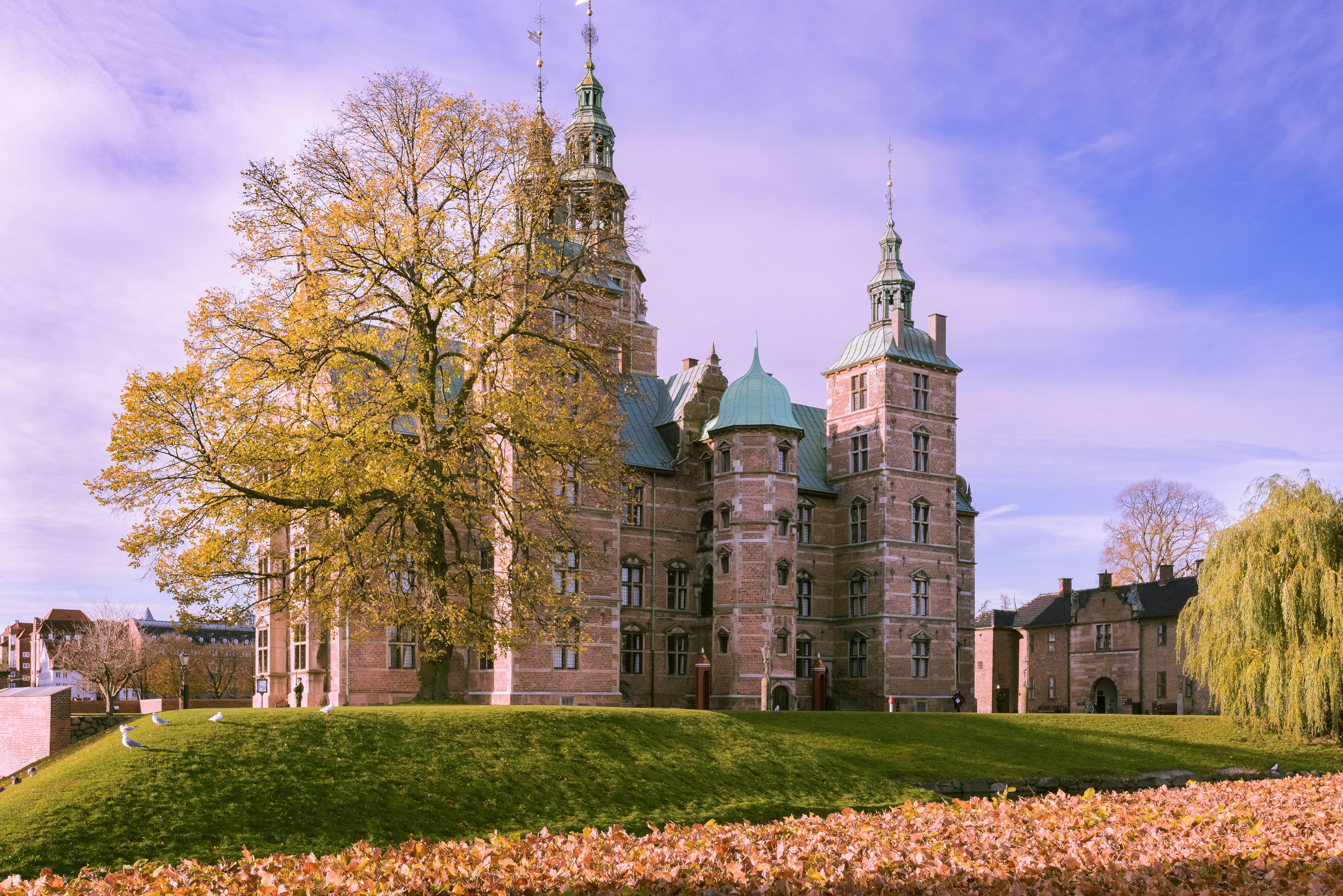In recent years, historical dramas have surged in popularity, captivating audiences with their intricate storytelling and lavish production values. Among these, “The Crown” stands out as a seminal work that not only entertains but also provokes thought about the intricate tapestry of history. This Netflix series, which chronicles the reign of Queen Elizabeth II, has sparked widespread discussion and debate about its portrayal of real-life events and figures. As viewers binge-watch the dramatized lives of the British monarchy, it becomes essential to examine the broader impact of such historical dramas. This article seeks to analyze the influence of ”The Crown” on public perception of history, its role in shaping contemporary discourse on historical accuracy, and its contribution to the ongoing dialogue about the intersection of fact and fiction in media. Through a neutral lens, we will explore how “The Crown” and similar productions not only reflect societal interests but also actively participate in the construction of historical narratives.
Influence of Historical Dramas on Public Perception of Royalty
Historical dramas have become a powerful lens through which the public views the lives and decisions of monarchs. These dramatizations often blend fact with creative liberties, shaping public perception in subtle yet significant ways. The Crown, for instance, offers a dramatized portrayal of Queen Elizabeth II’s reign, providing viewers with an intimate glimpse into royal life, albeit through a fictionalized narrative. This dramatization can create a sense of familiarity with historical figures, allowing audiences to feel as though they understand the personal struggles and triumphs of royalty, even if the portrayal is not entirely accurate.
- Humanization of Royal Figures: By presenting royals in relatable scenarios, these dramas make monarchs appear more human and approachable.
- Public Engagement: Engaging storylines and character development captivate audiences, leading to increased interest in the actual historical events and figures.
- Historical Accuracy vs. Entertainment: While these dramas aim to entertain, they often walk a fine line between historical accuracy and creative storytelling, which can sometimes lead to misconceptions.
As viewers consume these narratives, their understanding of royalty is inevitably colored by the dramatization, which can lead to both a deeper interest in the historical context and a skewed perception influenced by artistic interpretation.
Analyzing Accuracy Versus Creative License in The Crown
The intricate dance between historical accuracy and creative license in Netflix’s The Crown sparks considerable debate among audiences and historians alike. On one hand, the series captivates viewers with its meticulous attention to detail and sumptuous production design, providing a visual feast that many equate with authenticity. Yet, the narrative often deviates from documented events, weaving fictional elements into the tapestry of history. This approach raises questions about the balance between storytelling and factual representation.
- Portrayal of Characters: While the series brings historical figures to life with nuanced performances, it sometimes takes liberties in character development to enhance dramatic tension.
- Event Sequencing: The chronological order of events is occasionally altered, creating a more compelling storyline but potentially misleading those unfamiliar with the true timeline.
- Dialogue and Interactions: Conversations are often imagined, serving as a narrative device to explore personal and political dynamics that remain speculative at best.
Ultimately, the challenge for creators of historical dramas like The Crown is to strike a balance that respects historical truths while engaging audiences with a narrative that resonates on an emotional level. This duality underscores the complex relationship between history and art, inviting viewers to ponder the nature of truth itself.

Cultural Significance and Global Reception of The Crown
The intricate tapestry of The Crown weaves a narrative that transcends the boundaries of mere entertainment, delving into the cultural psyche of its audience worldwide. Cultural significance is evident as the series explores the evolution of the British monarchy, reflecting on both its historical impact and contemporary relevance. By dramatizing key historical events, the series invites viewers to reconsider their understanding of history, encouraging a more nuanced perspective of the past. This engagement with historical discourse fosters a global dialogue, bridging cultural gaps and prompting discussions on governance, leadership, and the personal sacrifices inherent in public service.
- Cultural Reflection: The series acts as a mirror to societal changes, portraying shifts in cultural norms and values over the decades.
- Educational Influence: By dramatizing historical events, it serves as a catalyst for viewers to explore and learn more about the historical context of the British monarchy.
- Global Resonance: Its international acclaim highlights a shared fascination with monarchy and power dynamics, resonating with diverse audiences.
The global reception of The Crown underscores its role as a cultural touchstone, sparking both admiration and critique. While some viewers appreciate the dramatic liberties taken, others question the balance between fact and fiction. This dichotomy fuels its popularity, as audiences worldwide engage in debates over historical accuracy versus artistic expression. The show’s ability to provoke thought and conversation on a global scale is a testament to the powerful impact of historical dramas in contemporary culture.

Recommendations for Future Historical Dramas to Balance Fact and Fiction
In crafting future historical dramas, it is essential to strike a delicate balance between fact and fiction to maintain both viewer engagement and historical integrity. To achieve this, creators might consider the following recommendations:
- In-depth Research: Investing time in comprehensive research ensures that the narrative is rooted in authentic events, providing a solid foundation for storytelling. Collaborating with historians and experts can offer valuable insights and prevent the misrepresentation of historical facts.
- Creative Storytelling: While staying true to the core events, introducing fictional elements can enhance the drama’s appeal. These fictional aspects should serve to illuminate character motivations and thematic undercurrents rather than distort historical truths.
- Transparent Communication: Offering viewers context through disclaimers or post-episode discussions can clarify which elements are fictionalized, fostering an informed audience. This transparency respects the intelligence of viewers and upholds the integrity of the historical narrative.
By implementing these strategies, future historical dramas can effectively engage audiences while honoring the complexities and nuances of the past.
